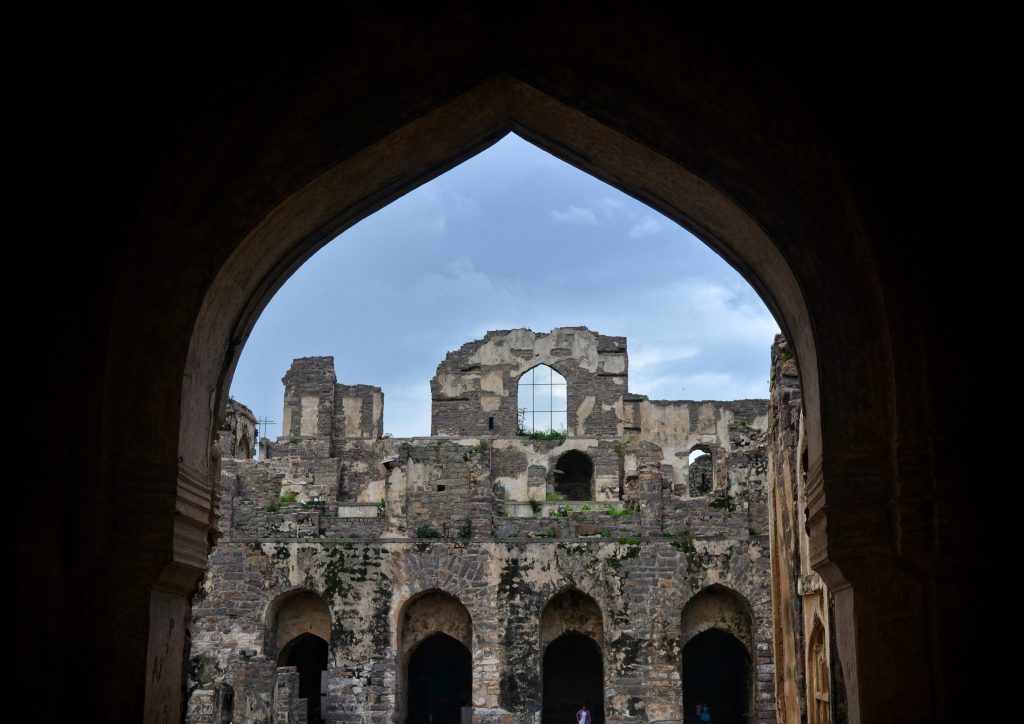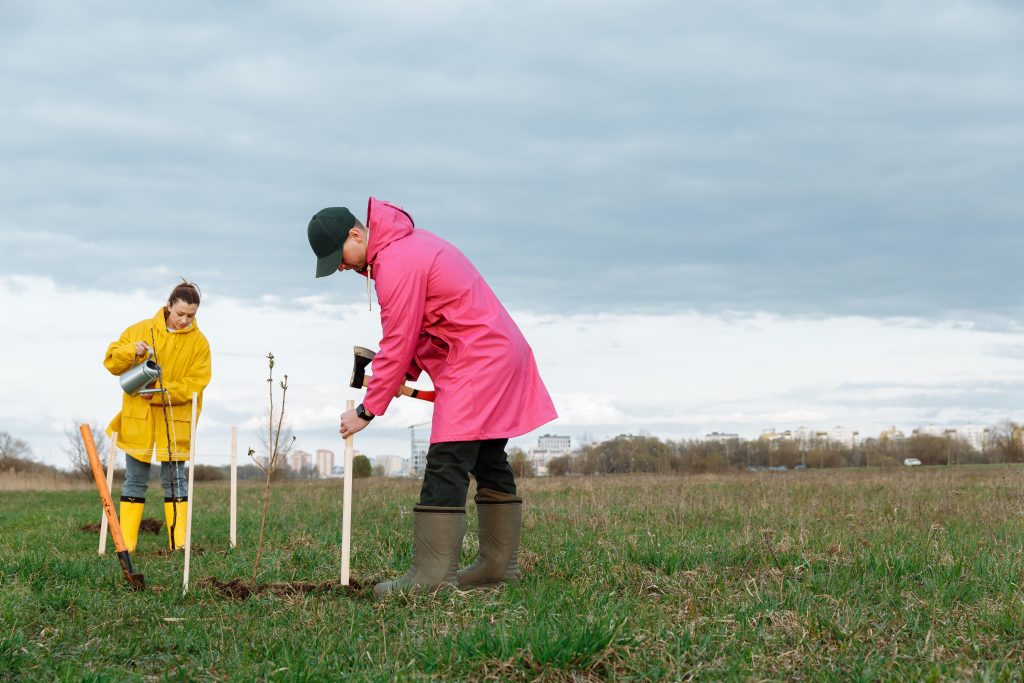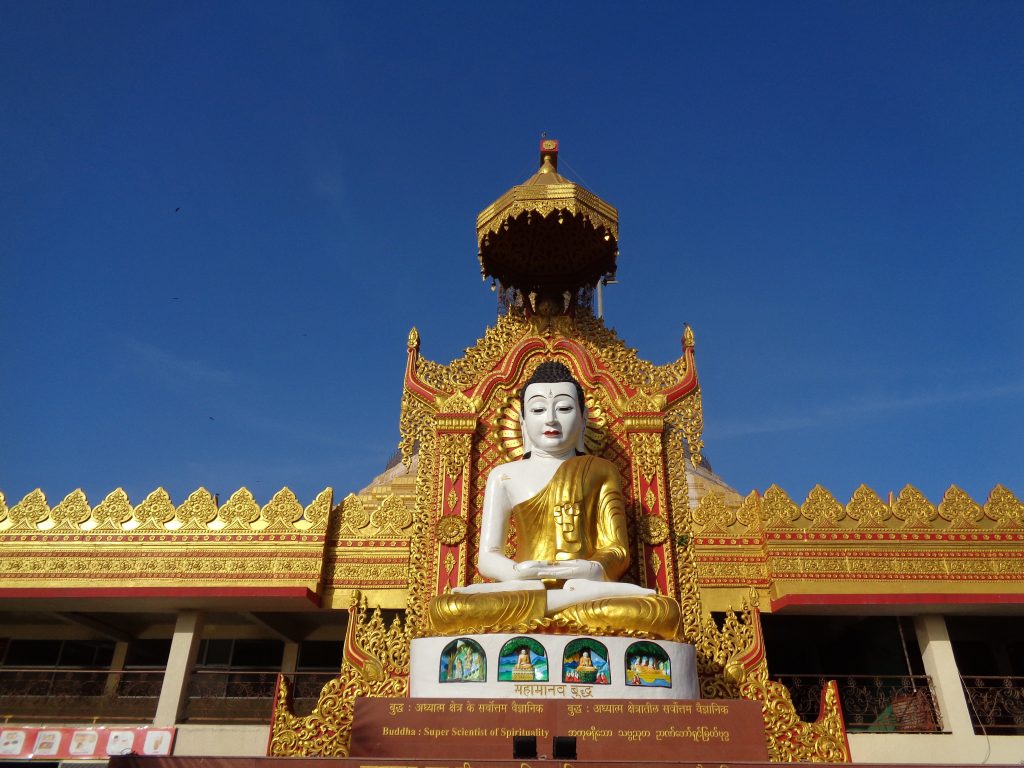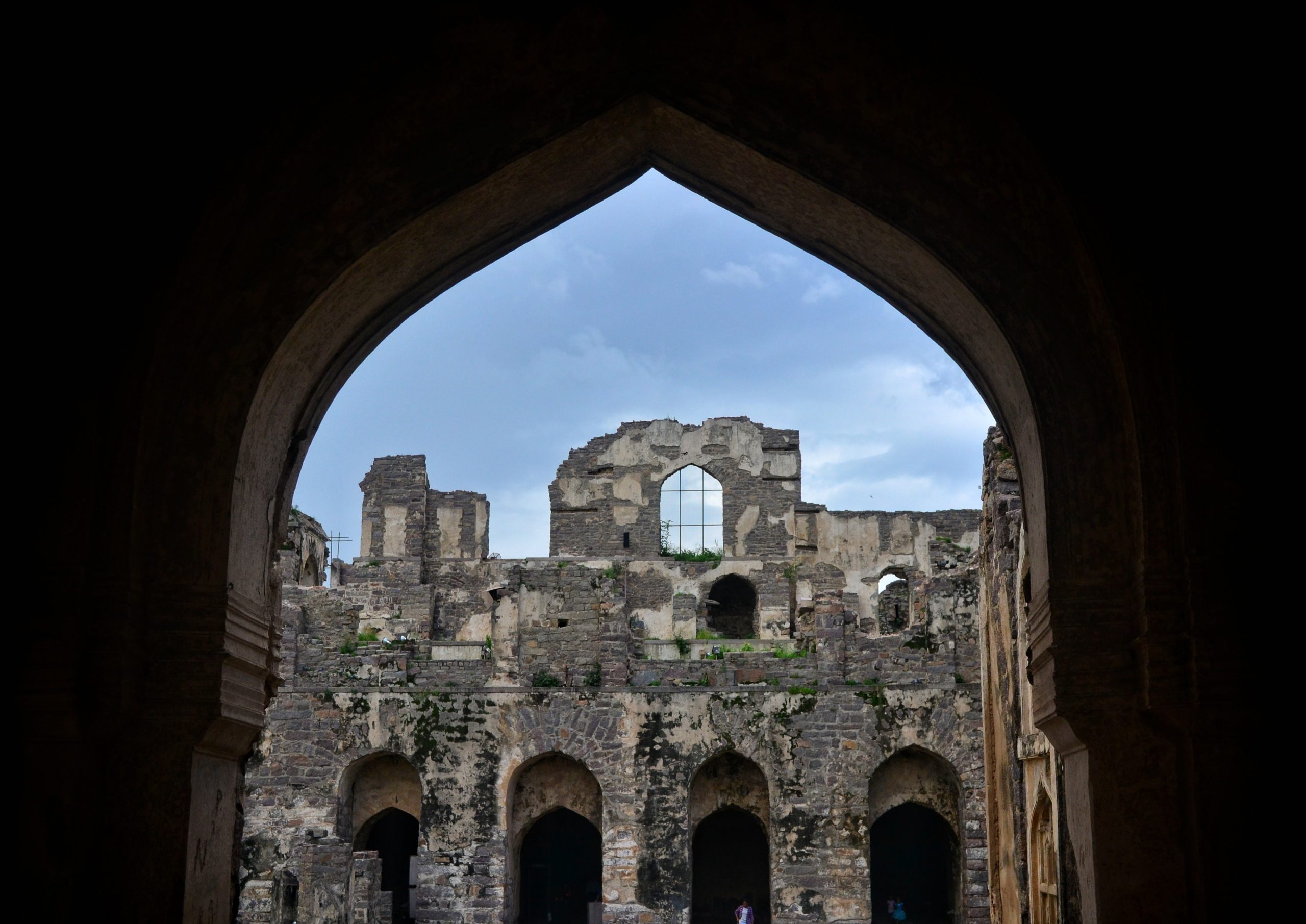Don't miss our holiday offer - 20% OFF!

Read also : Enhancing Sustainability with IoT Sensors in Water Tanks
Cultural heritage represents the preservation of a society’s identity, containing invaluable stories from the past and playing a crucial role in understanding history and passing down local traditions. However, the challenges in preserving cultural heritage are often significant. In this era of constant technological advancements, the Internet of Things (IoT) has emerged as a powerful tool in these preservation efforts. This article will explain how the utilization of IoT sensors has opened doors to technological innovations that allow us to better safeguard history and local traditions.
Contents
I. IoT Sensors: The Foundation of Modern Preservation

Read also : Optimize Fuel Management with IoT Sensors
IoT sensors are small devices capable of collecting data and communicating over the internet. In the context of cultural heritage preservation, IoT sensors are used to detect environmental changes around cultural artifacts, historical buildings, and archaeological sites. For example, temperature and humidity sensors can help monitor storage conditions in museums, preventing damage to historically significant items vulnerable to environmental fluctuations.
II. IoT Sensors in Historical Site Maintenance

Read also : Electrical Sensors Enhancing Energy Efficiency and Cost Savings
The use of IoT sensors can also contribute to maintaining the security of historical sites. Motion sensors and network-connected surveillance cameras can help identify and prevent acts of vandalism or theft. Additionally, noise and air pollution sensors can monitor disturbances that could harm historical sites.
III. Enhanced Visitor Experiences

Read also : Fuel Quality Sensor: Enhanced Monitoring
IoT sensors can be employed to enhance the visitor experience in museums and cultural sites. For instance, by utilizing augmented reality (AR) technology connected to IoT sensors, visitors can gain additional information about artifacts or locations they are exploring. This provides an opportunity to delve deeper into the history and local traditions.
Conclusion
The utilization of IoT sensors in cultural heritage preservation represents a significant technological innovation. It is not just about safeguarding historical objects but also preserving the stories and traditions they hold. With this technology, we have a powerful tool to ensure that local history and culture remain vibrant and are passed on to future generations. The integration of IoT sensors enriches cultural heritage and enhances the visitor experience, ensuring a rich legacy for the generations to come. In an ever-changing world, IoT sensors are indispensable allies in keeping cultural heritage alive.





